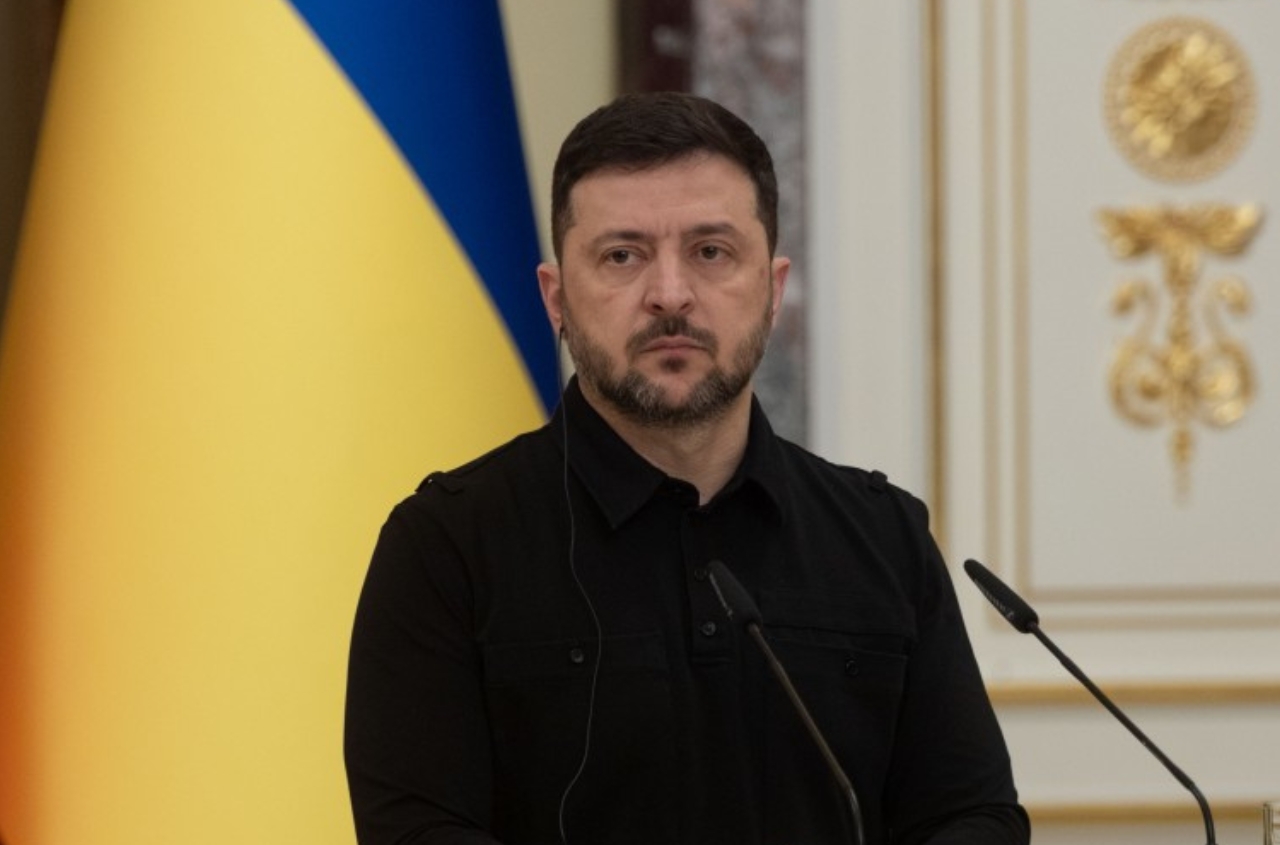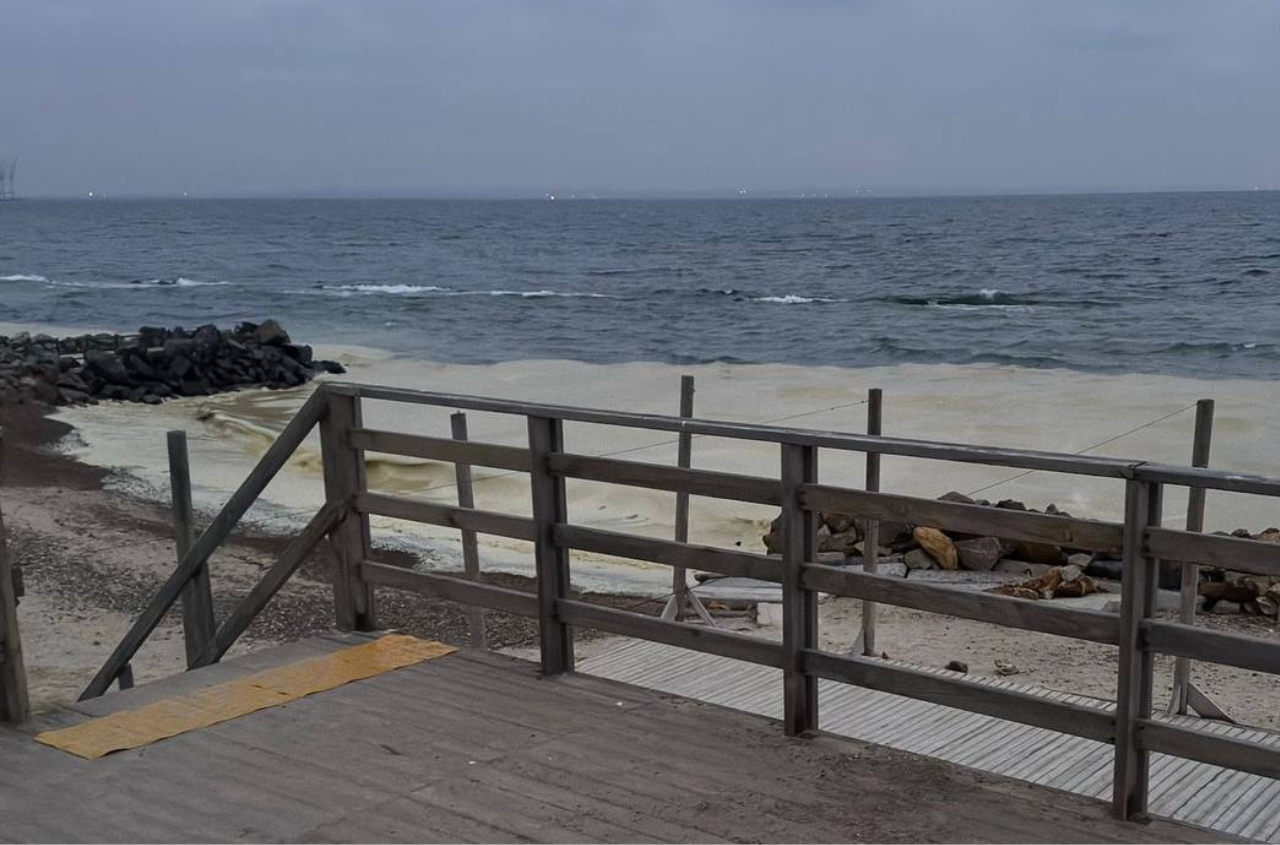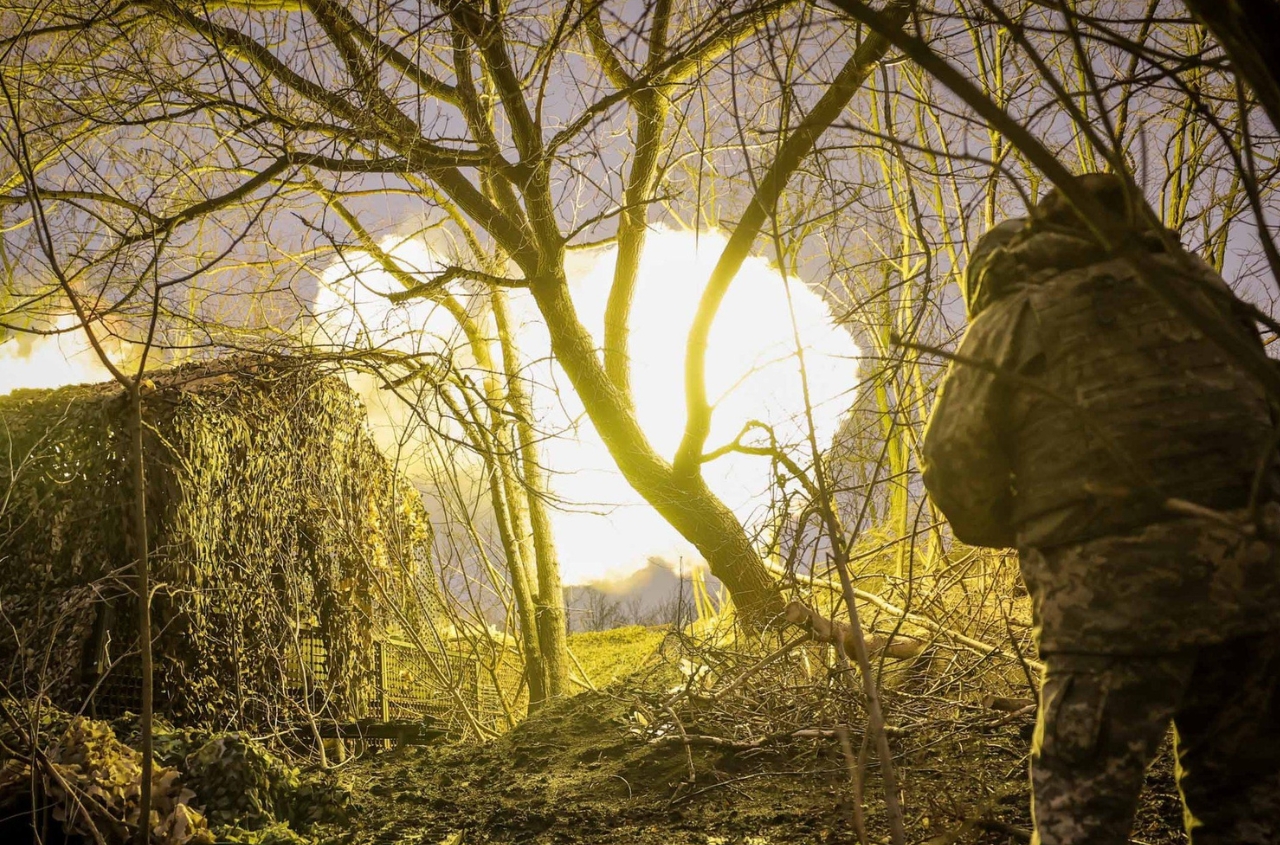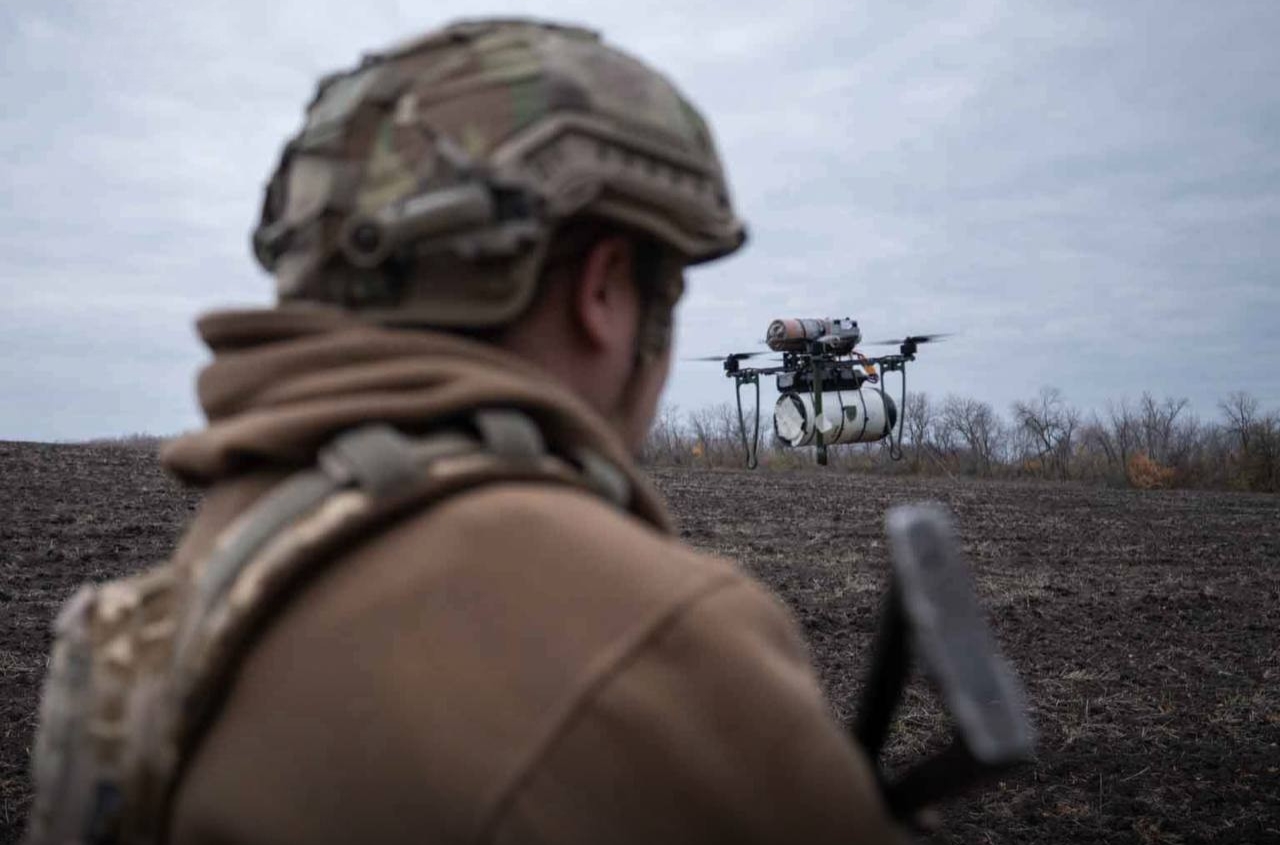Russia is losing the competition for the Arctic. The Russian icebreaker fleet is rapidly aging—at least three icebreakers will reach the end of their service life in the next two years. Since the start of the full-scale war against Ukraine, the aggressor country has put only one nuclear-class icebreaker into operation. International sanctions, Russia’s lack of modern domestic technologies, and funding issues undermine its ability to be a modern Arctic power.
About one-third of Russia’s operational icebreakers were built in Finland. Overall, 60% of the world’s icebreakers are manufactured at Finnish shipyards, and 80% are designed by Finnish companies. After sanctions were imposed, Russia tried to find other shipbuilders, including in South Korea, but they were also denied due to the sanctions.
Russia is trying to stay afloat in the Arctic by extending the service life of its nuclear icebreakers. This is risky, as a reactor accident could trigger an environmental disaster similar to Chernobyl. The service life of the nuclear icebreaker Yamal has already been extended twice, while the extensions for Vaigach and Taymyr expire next year.
Under the Leader project, Russia planned to build three icebreakers by 2032 capable of breaking through multi-year ice more than four meters thick. In 2023, Putin cut the plan to a single vessel. Its cost is 127 billion rubles, equivalent to the annual budget of Kamchatka Krai. The icebreaker is planned to be commissioned in 2030, but Russia is unlikely to bring this project to completion.



















